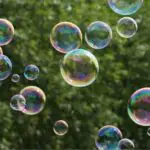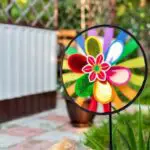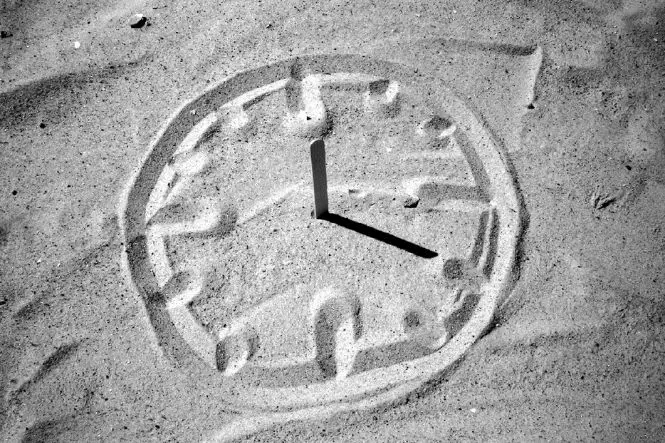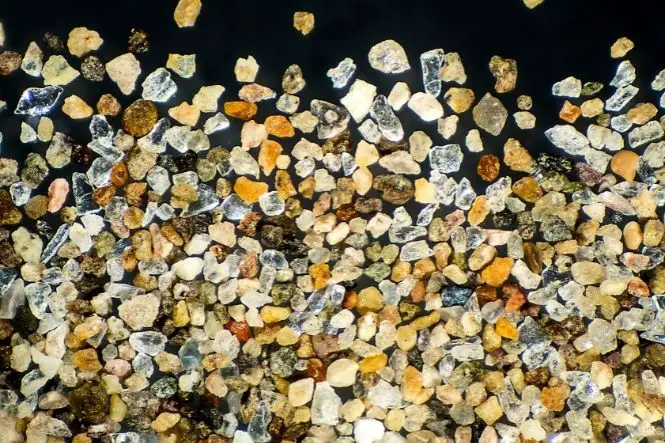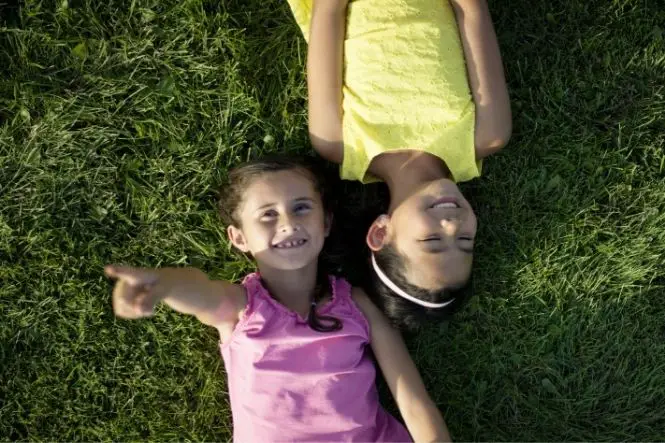El Niño, or the ENSO (El Niño Southern Oscillation), is a pattern of weather changes that usually occur around Christmas. El Niño means ‘the little boy’ or ‘the Christ Child’. This natural weather phenomenon appears to have been happening for the last 15,000 years.
Making a Model El Niño
This involves hot water – be careful as water and steam can scald. This also involves electricity – DO NOT ALLOW THE HAIRDRYER TO COME IN CONTACT WITH THE WATER.
Half fill a large shallow glass or clear plastic container with very hot water and add some red food colouring. Put some very cold water in a jug and add blue food colouring. Put a funnel into the corner of the container and gently pour the cold water in so that it settles at the bottom of the dish.
The blue water is cold and is more dense, and the red water is hot and is less dense, so the hot water floats on top of the cold water (see ‘Warm and Cold: Heavy Water’ and ‘Floating and Sinking: Looking at Density’. Turn on the hairdryer and direct the air across the top of the water. What happens to the hot and cold water? Switch the hairdryer off. What happens to the water now?
Try this with vegetable oil tinted with red oil-based paint as the top layer and water with blue food colouring as the bottom layer.
The stream of air (the trade winds) moves the hot water to the end of the container, allowing the cold water to rise up. When the hairdryer is turned off, the warm water pushes back across the colder water, preventing it from coming back up to the surface.
What Causes El Niño?
The top layer of water in the Pacific Ocean is heated by the sun (shown by the red water or the oil), and floats above the cold lower waters (shown by the blue water). The junction between the two is known as the ‘thermocline’.
The trade winds (the hairdryer) blow from the East across the Pacific Ocean, pushing the warm water towards Indonesia, making the sea around half a meter higher and about 8 degrees Centigrade warmer there than in the Pacific coast of South America. The cold water below wells up, bringing nutrient-rich debris to the surface. These nutrients feed plankton, and then fish eat the plankton.
If the trade winds drop or reverse direction, which naturally happens every two to seven years, the warm water that has been pushed up comes back towards the Americas, and then is directed along the coast of South and North America. Because the layer of warmer water is less dense, it stops the up-welling of the nutrient-rich cooler water, and so the seas become warmer in South America and cooler around Australia and Indonesia. The change in temperature of the water changes the temperature of the air.
Warmer air carries more water as a result of evaporation, so leads to more rain and changes in weather patterns. Because fewer nutrients are coming up to the surface in the East, populations of fish drop, because there is not as much plankton to eat
These changes can just be short-lived, and populations in these areas have become accustomed to them. However, sometimes El Niño events can cause major devastation, for example in 1997/1998, with flooding in the Americas, and droughts and food shortages including drops in fish populations) in countries like Indonesia and Australia. The weather can also change in other parts of the world.
What is La Niña?
La Niña (‘the little girl’) is the reverse of El Niño. The trade winds get stronger and warmer water moves towards the Americas. This means that water even warmer than usual piles up around countries like Indonesia and Australia, leading to excess rains here and dry conditions in the Americas.


